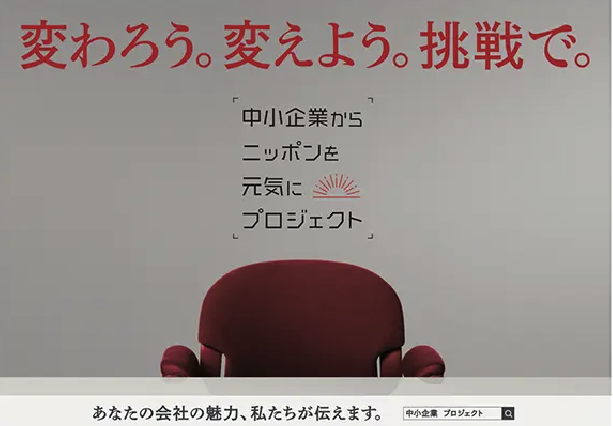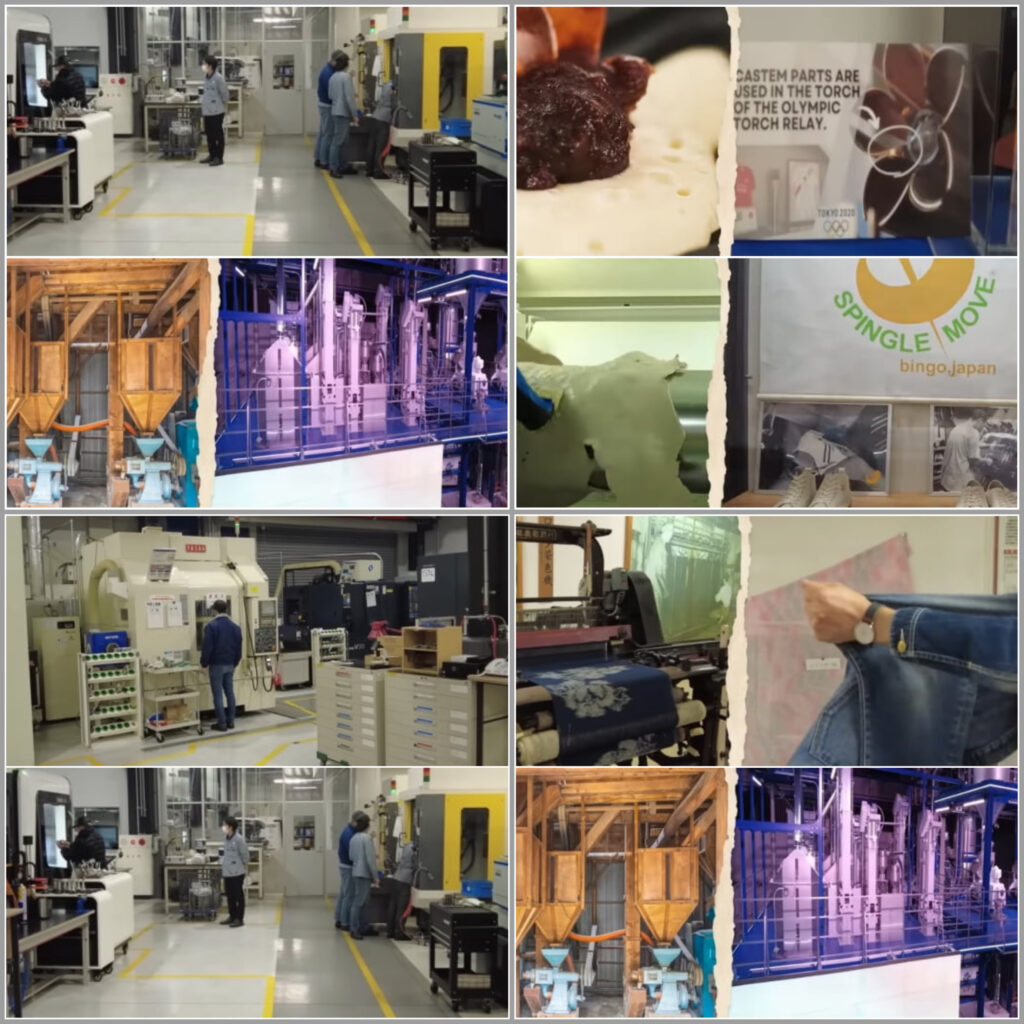Although it is a declining industry, we looked at five small and medium-sized Hiroshima companies that dominated Japan and the world by creating their own technologies and markets. Rather, these companies, which have been on a growth trajectory in the dying market, have four things in common.The first is that they are companies that started their business by utilizing the strengths of the region. Hiroshima is a cotton producing area, a rice collection area, and Japan’s four largest industrial complexes. Small and medium-sized enterprises such as Gaihara Denim, Spingle Company, Satake, Imada Brewing, and Castem were born in the area of cotton, rice, and rubber.They also have something in common that they used the local base but did not insist on the parent project. He quickly adapted to the changes of the times by utilizing the technology and know-how accumulated from the parent business. Kaihara Denim has transformed from a company that used to make navy kimono to Japan’s largest jeans fabric company, while Satake has transformed from a company specializing in brewing rice milling machines to the world’s largest grain processing equipment company.Kestem turned from a fish-shaped bun company to Japan’s No. 1 mold company, and Ichiman, who used to make rubber, turned into a high-end sneakers maker Sphingle Company.Third, it shifted to management that values quality rather than quantity early on. “Instead of giving up mass production, we can always create new products to pioneer new markets,” said Kaihara Mamoru, president of Gaihara Denim. “We can continue to make jeans fabric in Japan as much as possible,” he said.
Naoki Kunihara, marketer of Spingle Company, stressed, “There is an added value of Spingle Company in insisting on the manual work of ‘All Made in Japan’.” “Castem is the only company that can scientifically make basic raw materials such as resin from the design stage,” said Takuo Toda, president of Castem.

Since everyone had their own technology, they were confident that they could create a new market even if the market declined.It is also similar that Japan and Hiroshima’s small and medium-sized companies, which ranked No. 1 in the world, opened their eyes to the importance of ESG (environmental, social, and governance) management early on. ESG management has recently become the mainstream, but many small and medium-sized companies tend to regard it as other people’s business.Small and medium-sized enterprises in Hiroshima were different. Castem is a typical example. When President Toda took over the company, the urgent task was to secure employees. There were no young people who wanted to work for small and medium-sized companies in the declining industry, and also for this company, a representative 3D industry.Existing employees also often quit the company. President Toda found the cause of the high turnover rate in a dangerous and messy working environment. I changed my workplace safely and cleanly.
Although it is a mold industry with many male workers, it is particularly noteworthy that it has been transformed into a good company for female workers to work.It has introduced a vacation carryover system that adds unused vacation to next year’s vacation. Parental leave can be divided into four times for two months. Considering the reality that there are many things to pay attention to children even if they return to work, a system was also introduced that allows them to work only as long as they want, such as four or six hours a day.In fact, the headquarters of Castem, which I looked around, seemed more like an information technology (IT) company than a machinery and metal manufacturing company. It was also noticeable that there were many young female employees. Thanks to this, it is now a popular company with 800 to 1,000 applicants a year.

Every year, three to four times as many young people knock on the company’s door as the total number of employees (275) at Castem’s headquarters in Japan.Flat rice of Satake and Imada Brewery, which give the same taste and aroma as cutting rice by only 40% (60% in rice content) and cutting rice by more than 50% (less than 50% in rice content), also fits well with ESG’s trend. This is because the time to cut rice, electricity bills, and waste of rice have been halved. It is also beneficial to consumers as it can lower the selling price by a third.Guy Haradenim has organized ESG management since 10 years ago, even before the word ESG was commonly used. The textile industry has changed its image as an industry that emits large amounts of pollutants. It sets targets for reducing sewage, air pollutants, and greenhouse gas emissions and discloses in detail whether they are achieved or not.This target was first set in 2012. Sewage, air pollutants, and greenhouse gas emissions all exceeded their targets. The recycling target for water and waste has also been presented and implemented since 2012.Information on the working environment of employees, such as paid leave use days (11 days on average), parental leave use rates (100%), and average overtime hours (11.94 hours), will also be disclosed in detail.
KS CHOI
US ASIA JOURNAL



